KIT contributes to the research program "Changing Earth - Sustaining our Future" in the Helmholtz Research Field Earth and Environment.
The atmosphere is the Earth's thin protective layer that shields us from harmful radiation, moderates temperature differences, and redistributes thermal energy, water, and pollutants: Almost all life depends on it. This protective function is maintained by delicate balances and is vulnerable to global changes in climate and land use. The main drivers of climate change are the radiative effects of greenhouse gases and aerosols, which affect the composition and impact of the atmosphere on all aspects of societal activities.
We are developing seamless observational and modeling techniques to unravel the complex interactions of climate change between the atmosphere, land surface, and ocean. As focal areas, we are investigating changes in air quality - globally and in urban areas - the internal causes and effects of climate change through feedbacks, and what kinds of weather and extremes we will need to prepare for in the future. Advances in these areas are paramount for reliably assessing the state of the Earth system and for predicting and projecting global changes on our future living conditions.
[more]
Our research follows a holistic approach: we develop cross-scale observational and modeling solutions for improved atmospheric forecasts and regional climate projections with unprecedented resolution. We strive to observe, understand, and predict atmospheric phenomena and process chains from their origin to climate change impacts in the atmosphere, particularly in their interactions and feedbacks with the land surface, biosphere, cryosphere, oceans, and near-Earth space. Through our work, we can assess the physical, chemical, and socio-ecological consequences of atmospheric change and its impact on climate, extreme weather, and land ecosystem functioning.
In doing so, we increase knowledge to address societal challenges such as global warming, growing world population, land use change, air quality, water availability, and energy and mobility change. Our atmospheric and climate observation and modeling activities provide the scientific basis of sustainable development strategies for the benefit of society, ecosystems, and climate mitigation and adaptation combined with economic risk reduction.
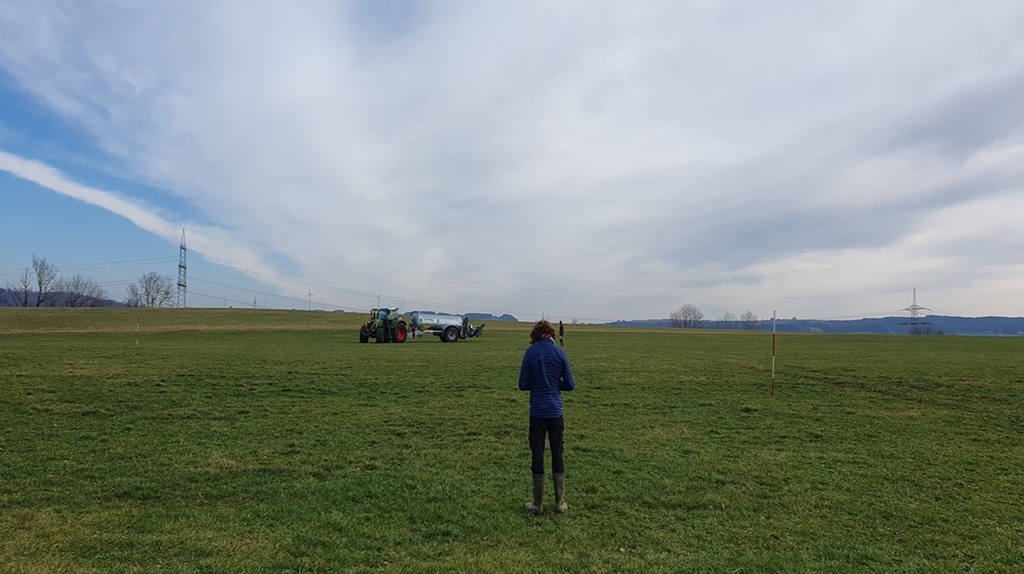
Researchers at Campus Alpin are investigating whether spreading liquid manure close to the ground on grassland results in significantly lower ammonia emissions compared to conventional methods, even at cool air temperatures. Forwarding to the ARD media library.
more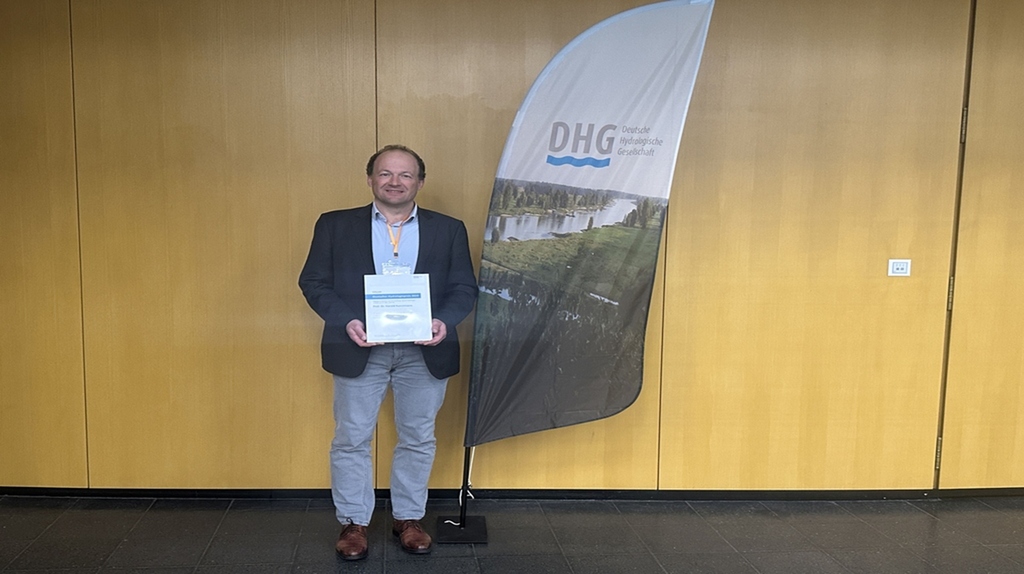
Prof. Dr. H. Kunstmann from the IMK-IFU Campus Alpin receives the German Hydrology Award 2024 for his research on the topic of water as a resource: water availability, climate phenomena and modeling of hydrological processes.
more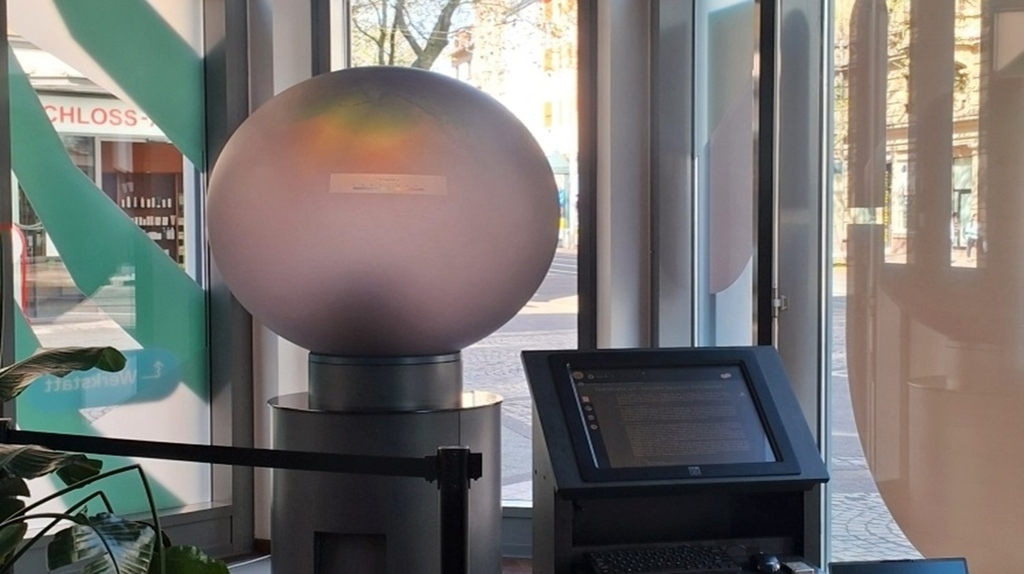
From April to June, the presentation globe advertises meteorological research at KIT at a prominent location on Kronenplatz.
more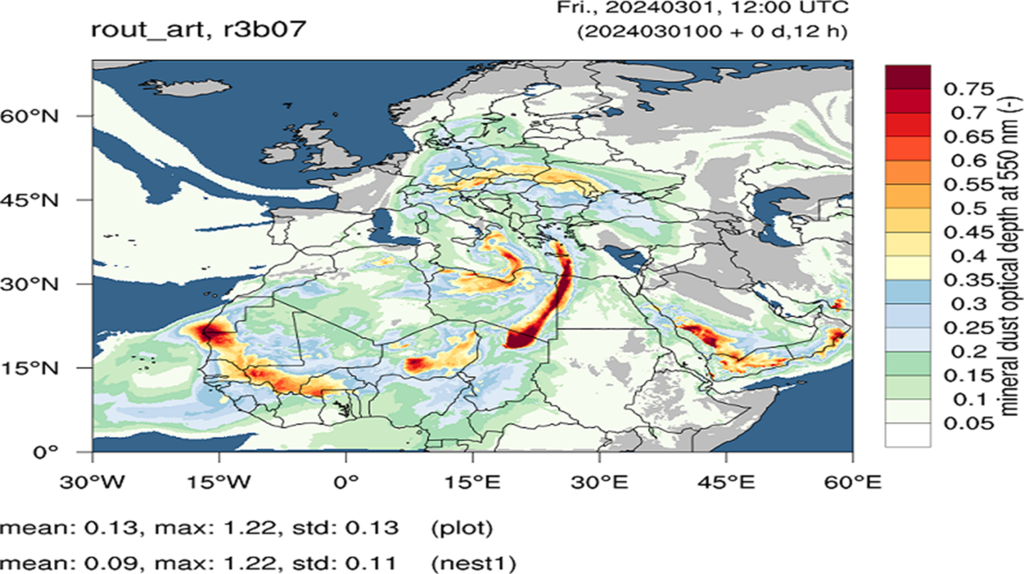
With the model system ICON-ART developed by KIT, the DWD will be able to improve its energy
forecasts by predicting mineral dust and its effects on radiation.
more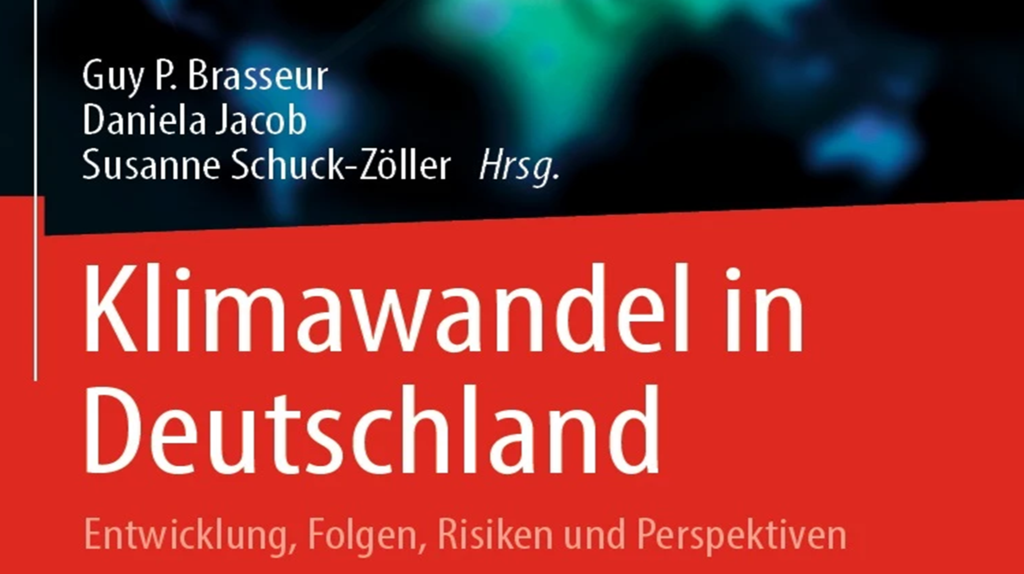
The new edition of the book "Klimawandel in Deutschland" shows the challenges of climate change in Germany and offers approaches for adaptation
more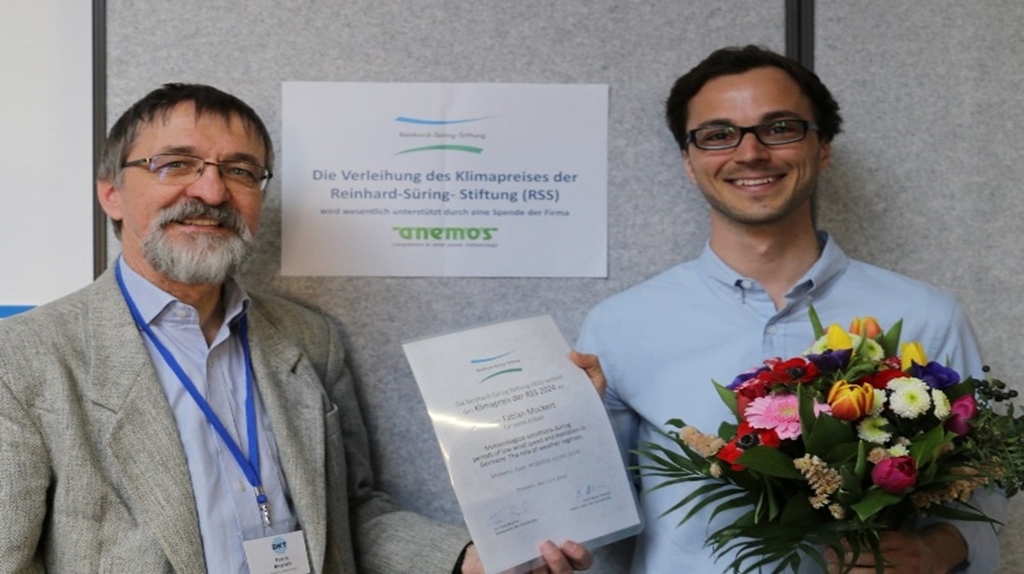
The prize honors his research on Dunkelflauten (a compound event of low wind and solar energy yield) in Germany and their relation with large-scale weather patterns.
more